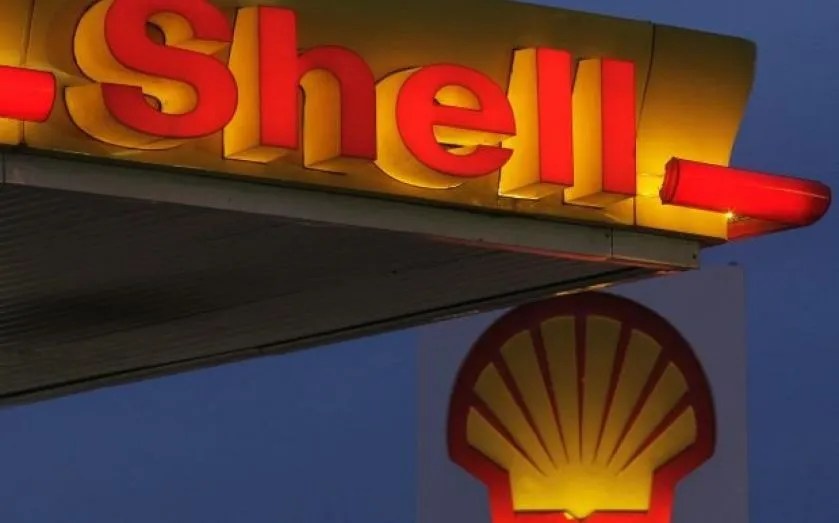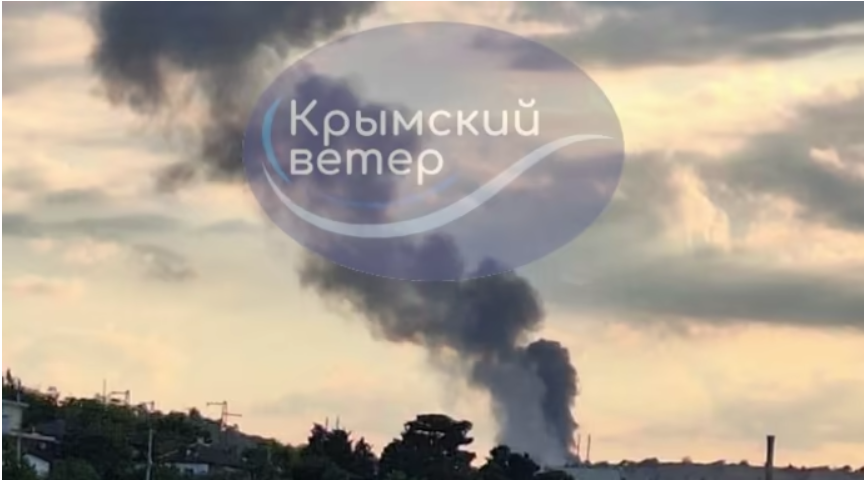Shell vs. BP, which will have the better 2024?
Both oil majors are facing crucial periods of scrutiny as spotlights return to net zero targets


On 1st January 2023, Shell and BP investors, coming off the most purple of patches, were thinking: ‘Can the good times just roll on?’
Shell more than doubled its profit to around $44bn in 2022, while BP also saw a record return of $28bn, as oil majors rode historic sector gains through price spikes driven by Russia’s invasion of Ukraine and ensuing sanctions, as well as the hangover from the coronavirus pandemic.
But the last twelve months have seen a price slowdown as the market accepted the reality of a long-term Eastern European conflict and the after-effects of global economies emerging from pandemic.
Despite remaining some of the most powerful corporations in the world, oil majors like BP and Shell are, fundamentally, being ushered into the green energy transition; a marked departure from their original MOs.
Just this month, the COP28 climate summit in Dubai triumphantly brandished an agreement signed by the world’s governments pledging to move away from fossil fuels, the first of its kind to come out of the summits to date.
So where do Shell and BP for next year, and what should investors keep an eye on to maximise their returns?
The challenge
In total return terms, the change in price that includes dividends and distributions paid, Shell is down 12 per cent on this time last year to 22.5 per cent.
BP, meanwhile, has sunk from 31.61 per cent this time last year to 9.05 per cent today, representing a worse return for investors over the previous 365 days.
But the petro-giants are long-game players; both have world-leading levels of capital and infrastructure to develop both fossil fuel and green energy projects.
The latter has been a point of contention and perhaps separation between the two companies in recent years and may go some way to explain the drastic difference in fortunes over the last year.
Throughout 2022, the former chief executives of the companies, Shell’s Ben van Buerden and BP’s Patrick Looney, both recognised the hard choices that this entailed but as Michael Hewson, chief analyst at CMC Capital Markets, points out, shareholder reaction was far from warm.
“While a laudable goal,” Hewson notes, “it soon became apparent that while the politics was very much geared to that, there was a growing realisation that it couldn’t be done cheaply and not without enormous damage to the energy and economic security of everybody.”
Shell
Enter Shell’s new chief executive Wael Sawan in January this year, who almost immediately began pushing back on the narrative of his predecessor’s strategy of renewables at any cost, saying that profitable business models at scale were the key to the transition.
This strategy is baked into the market view of Shell’s business for certainly the next two years.
Vara Research’s analysts estimate that Shell will take earnings of $1.1bn from its renewables operations through 2023, rising to $1.4bn in 2024 and $1.5bn in 2025.
Upstream earnings are projected to rise from $9.2bn this year to $9.9bn in 2024 before falling to $8.9bn in 2025. Integrated gas too is set to fall from $13bn this year to $11.9bn in 2025. Track all markets on TradingView Embed code
Unsurprisingly, the company’s project pipeline reveals a split picture.
Before the end of 2024, three upstream projects, with a total output of nearly half a million barrels a day, will come online in Brazil and the US, as well as two low-carbon fuel projects. From the renewable side; one wind project, one solar and one carbon capture and storage.
From 2025 and beyond, three LNG liquefaction plants will start up as well as two major oil projects in Brazil and Malaysia. Three wind projects, one low carbon fuel and one hydrogen will also be launched from 2025.
Looking at its most recent results, published in early November, profit for the three months from July to September came in at $6.2bn; slightly lower than the consensus among analysts, but still up on the $5.1bn achieved in Q2.
It also remains an above-FTSE 100 average dividend yield, forecasted to be around 4.3 per cent for FY23.
The company’s next major strategy update will be Energy Transition Strategy day in March.
BP
It wouldn’t be hyperbolic to say Bernard Looney’s sudden resignation as chief executive of BP in June came with mixed reviews.
On the one hand, many lauded the BP-lifer’s efforts to commit to renewable energy investment, but an equal number of market observers were unconvinced about the strategic shift as the company’s share price suffered in comparison to the other major Western oil powers.
BP’s interim chief executive Murray Auchincloss said in October the company’s renewable strategy and net zero ambition remain unchanged following Looney’s departure, with low carbon technologies set to remain one of BP’s core activities.
Plans to spend as much as $5bn per year by 2025 on projects including offshore wind, solar projects and investment in hydrogen.
It will be up to BP’s next chief executive to decide if they want to continue to transform the company into a leading green energy company or switch focus back to the high returns oil and gas play.
Today, BP shares are up around 130 per cent since its 26-year low in October 2020.
BP has the leg-up over Shell, Exxon and others regarding yield at five per cent. It also carries less total debt than Shell; around $59bn against $82bn – though BP’s has risen at a faster rate in the last two years.
Comparison case
Both companies appear near-immune to major share volatility, despite both being tied to the wacky world of oil prices.
That said, OPEC’s production saga and both Eastern conflicts are ongoing and will continue to hang over the industry for the mid-to-long-term.
BP’s leadership turmoil will likely soon be solved for the better or worse for investors — prepare to see the share price balance on a new normal rapidly after the announcement as investors hedge bets on the successor’s game plan.
Shell meanwhile appears to remain focused on the shareholders and boosting profits through higher-margin projects in oil and LNG areas.
With this in mind, it appears that Shell remains the safer upside bet for the next 12 months. Not only is the company publicly declaring investor return as its top priority but it is consistently lowering debt whilst building out renewable, oil and LNG projects.
But be sure to watch BP’s succession plan closely. Potential successors to the recently-dismissed Bernard Looney include the current interim chief executive Murray Auchincloss, Anja-Isabel Dotzenrat, the company’s head of gas & low carbon energy and Emma Delaney who leads the customer and products division.
Whoever the successor proves to be will likely have a major impact on how the market view BP’s short-medium term prospects.



